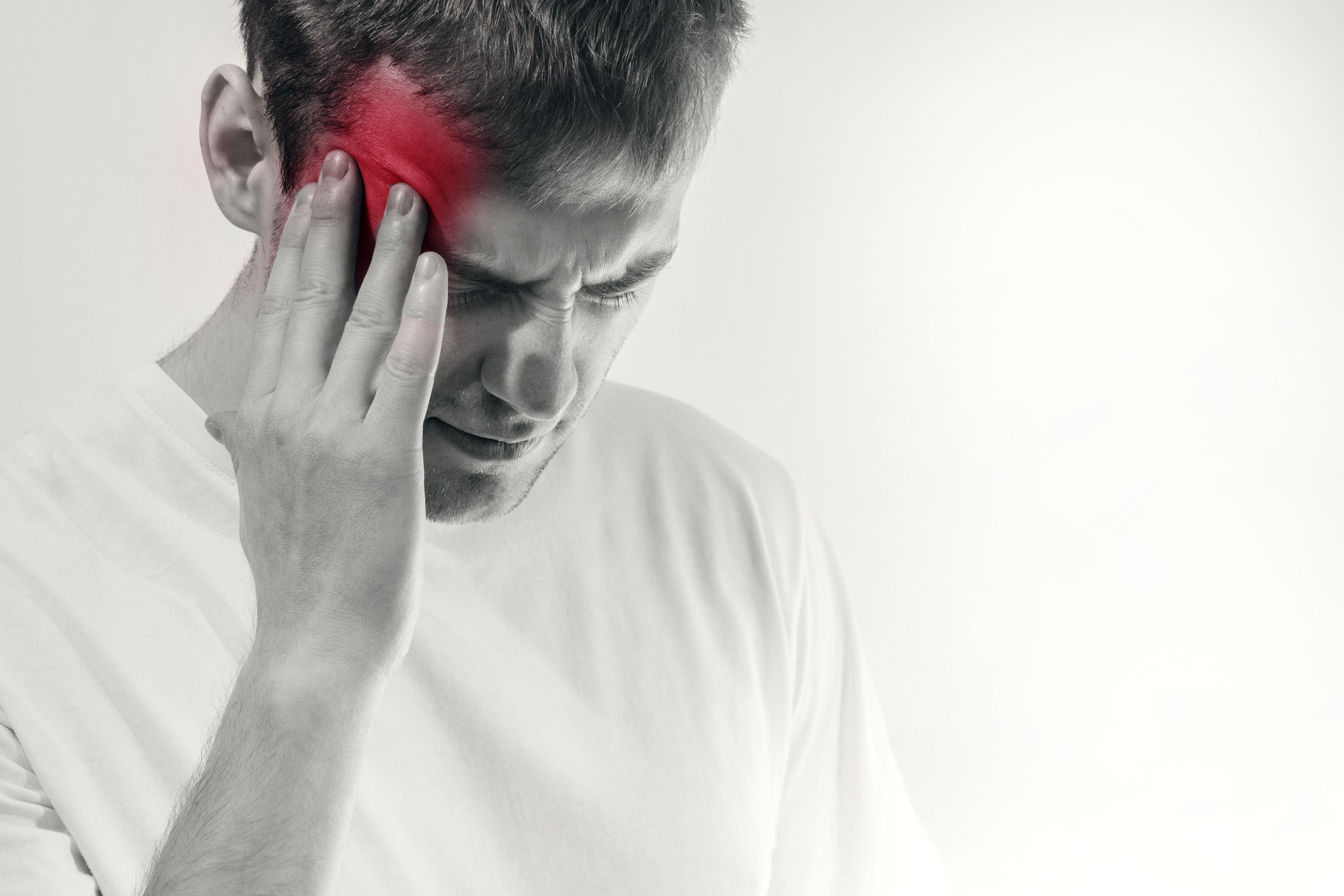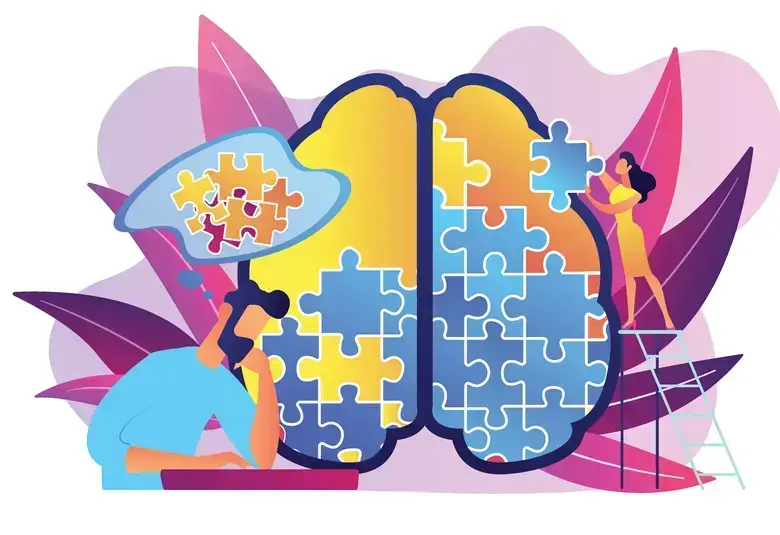Clinicians and researchers are continually expanding our understanding of disease mechanisms and addressing evolving and complex treatment challenges to improve the lives of people with migraine. During a satellite symposium held at #MTIS2020, clinical experts discussed complex migraine cases to identify recent progress in managing difficult-to-treat migraine.
Defining difficult-to-treat migraine
The European Headache Federation (EHF) recently defined two categories of resistant and refractory migraine to raise awareness of patients who suffer from difficult-to-treat migraine.1 Complicated migraine can include chronic migraine, medication overuse (MO), migraine refractory to treatment, migraine with psychiatric or cardiovascular comorbidities, and older patients.
Older age imposes extra burden
Professor Christian Lampl, Headache Medical Centre, Linz, Austria described the additional complications associated with treating migraine that persists into older age. Migraine is the second commonest headache disorder in older patients – 1-year is prevalence approximately 10% in older adults2 – with a different phenotype (more often bilateral) and associated late-life migraine accompaniments: increase in neck pain and autonomic symptoms and a reduction in sensory symptoms, nausea and vomiting.3 Patients aged >65 years with migraine also have an increased risk of depression compared with healthy controls.4 And treatment of migraine in older patients is complicated by accumulation of multiple comorbidities, polypharmacy, and physiological changes that influence pharmacokinetics and pharmacodynamics.3
Migraine in older age is likely to become a far greater personal and public health issue over the next 40 years and management will be confounded by other health problems
CGRP antibodies for difficult-to-treat migraine
Professor Tim Jürgens, University Medical Center Rostock, Germany summarized results of recent clinical trials of CGRP monoclonal antibodies (mAbs) in difficult-to-treat migraine. All CGRP mAbs have demonstrated efficacy in MO, and most have shown efficacy for migraine prevention in patients aged ≥60 years, those with psychiatric comorbidities, and patients with cardiovascular (CV) risk factors.
In older patients, CGRP mAbs result in reduction in monthly migraine and headache days (MMD/MHD) and are generally well tolerated.5-7 In patients with psychiatric comorbidities, reductions in MMD and MHD may be achieved alongside improvement in depressive symptoms.8,9 In migraine patients with CV risk factors, CGRP mAbs are not associated with any increase in CV adverse events versus placebo.10,11 And in MO, CGRP mAbs result in a reduction in acute medication use and reversion to no medication overuse headache levels.12,13
In patients with psychiatric comorbidities, reductions in monthly migraine and headache days can be achieved with CGRP antibodies alongside improvement in depressive symptoms
Future research targets
Professor Anthony Dickenson, University College London, UK, recapped on the last 40 years of research into understanding the role of neuropeptides and the trigeminal vascular system in migraine, leading to identification of the role of CGRP and pituitary adenylate-cyclase-activating polypeptide (PACAP) as triggers of migraine and the availability of anti-CGRP medications which have transformed the treatment landscape.14
Outstanding questions are the focus of ongoing research, which include unravelling the molecular mechanisms of attacks, and the role of mutations/polymorphisms, ion channels, inflammation, and vascular factors in migraine pathophysiology.14
40 years of research led to the anti-CGRP medications that have transformed the migraine treatment landscape
Educational financial support for this Satellite symposium was provided by Teva.
For the latest updates on sea.progress.im, subscribe to our Telegram Channel https://bit.ly/telePiM
Our correspondent’s highlights from the symposium are meant as a fair representation of the scientific content presented. The views and opinions expressed on this page do not necessarily reflect those of Lundbeck.




